“If you could be any animal, what would you be?”
“An insect!”
“Nobody wants to be an insect.”
That bit of conversation actually happened, and I stand by my choice of insect over any animal. But that might surprise people who knew me when I was a child. Growing up, I had visceral reactions to insects. If a June bug buzzed across the driveway I would squeal and stamp my feet in a fit of repulsion. I would be imagining the tickle of their legs or wings on my skin. So much has changed. Now I am curious about all sorts of bugs and consider them with…is it reverence?
Sometimes I think if I could rewind and live my life anew, I would be an entomologist. I daydream about working for The Xerces Society. Instead of contemplative wonder about the lives of bugs, I would be out in the fields with them, doing good. But not so. I make art, and from silk, even.
When I think of insects, I navigate to lives full of purpose. Bees pollinate flowers, flies and dung beetles facilitate decay. One insect feeds off another in a delicately balanced ecosystem of which I feel at odds.
I was asked recently how I can feel proud to support The Xerces Society when my use of silk feeds a demand from an industry that harvests and kills silkworms for their luminous thread? Had I thought about that? Yes. Then I quickly tune it out.
Humans can be a cruel species, and I am human.
I’m fully aware that being a part of the human race, from which many despicable deeds arise, is no excuse for my own actions, choices, and behavior. I must be honest with myself: when it comes to the treatment of silkworms, I flip-flop between softheartedness and defeatism. Guilty: out of sight, out of mind. I feel trapped: the essence of my work revolves around the beauty of silk. Nothing else will do.
Impact is inescapable.
Years ago, I stopped making art. I saw only the waste involved in my artmaking and it froze my creative spirit. I was lost for nearly two years. What moved me to return was this realization: I am obligated to participate. I had to accept that the base act of living—of my being alive on this planet–has an irreversible impact. Causing trash is unavoidable. Affecting others is inevitable. This was a threshold I had to move through in order to qualify my career as an artist.
Insects first appeared in my art at this juncture. Having dropped out of grad school, I returned to create gigantic butterfly costumes out of silk velvet. This expressed the weight of my being. I wish everyone could have taken a turn inside those heavy, voluminous wings.
I didn’t identify as a lover of insects until I lived with a nest of paper wasps on my porch. Alongside reports of dire insect decline, I began to scrutinize my imaginative and distanced appreciation of them. Over a long, dry summer, daily interaction fostered solidarity.
Sometimes I wonder if my only gift to this world is my art. But no, I think it’s more likely there is no gift at all, that I am no more or less crucial to the earth than a single spider or butterfly or beetle. That makes more sense to me.
Now I torment myself:
What of the silkworms I condemn to a horrifying death by purchasing silk fabric? Nature is cruel, and I am a part of it. The spider kills the fly. I am obligated to participate.
This past year I was compelled to take photographs of dead insects that I encountered. In each dead wasp or butterfly or beetle, I saw an individual who had lived a substantial life. Their survival stories might include long flights, soft landings on dandelion petals, and foraging through towering blades of grass. What led them to die there, where I found them? And what of all those I did not find? (What of the boiling silkworms?)
Dead insects are reflections of my own imminent demise.
Their small, delicate bodies degrade with seeming ease…and human disregard. “Think of them as dirt,” my father once told me as I expressed distress about cleaning dead moths from a light cover. Fair enough. I shall think of myself as dirt, too.
These circling, burdensome thoughts end up in my art. The whole mix of it: the curiosity and admiration, the dreams of living without detrimental effects, the guilt of one’s choices, the perseverance to continue, the self-degradation, and the longing for understanding. Farewell, little cricket. You did good to try.
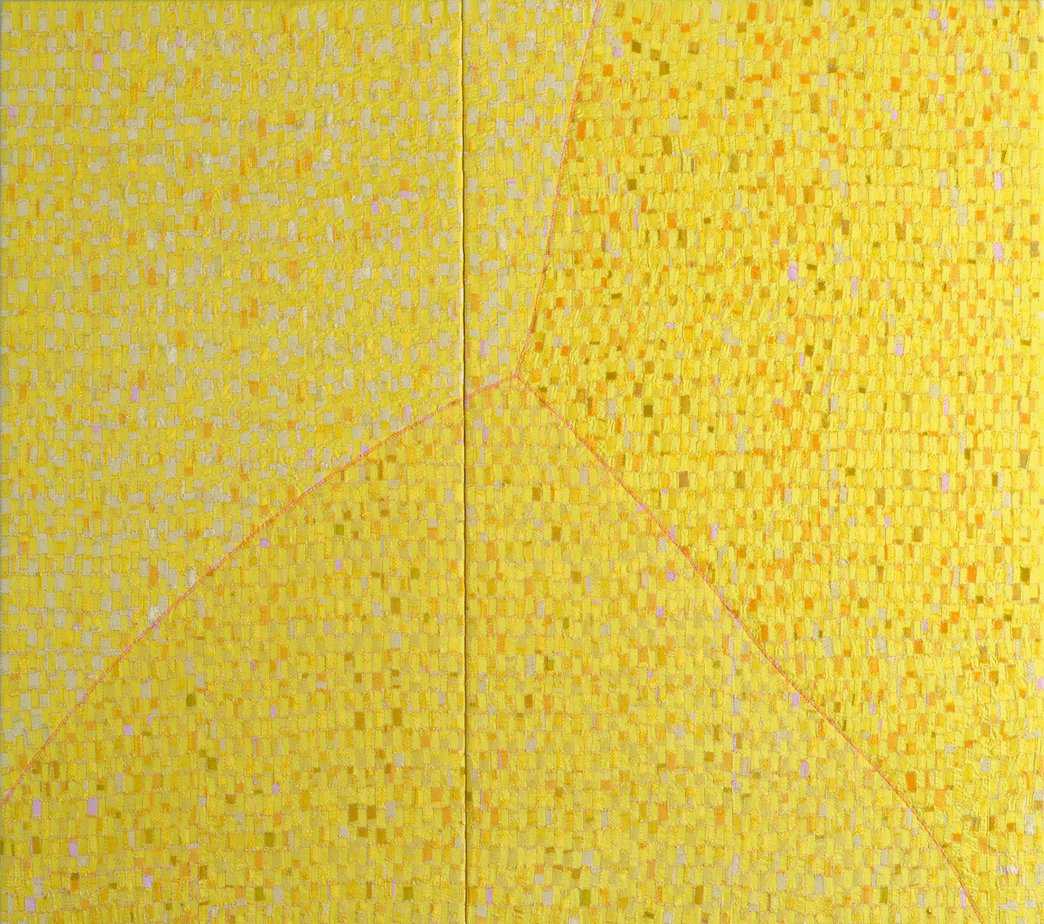
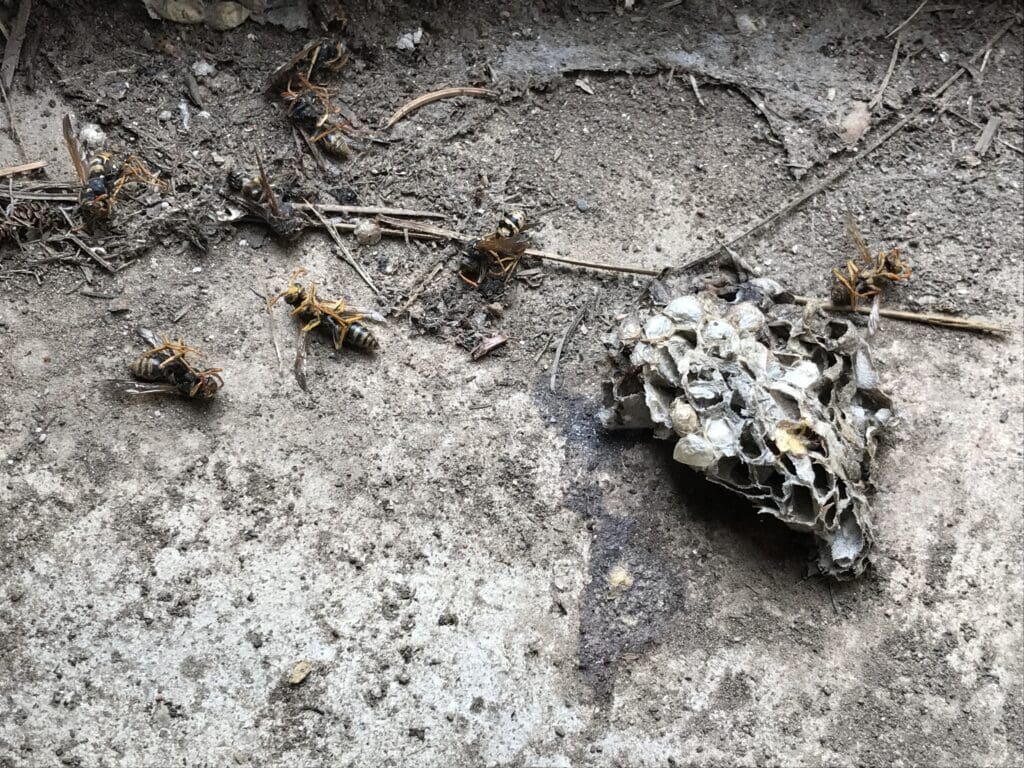
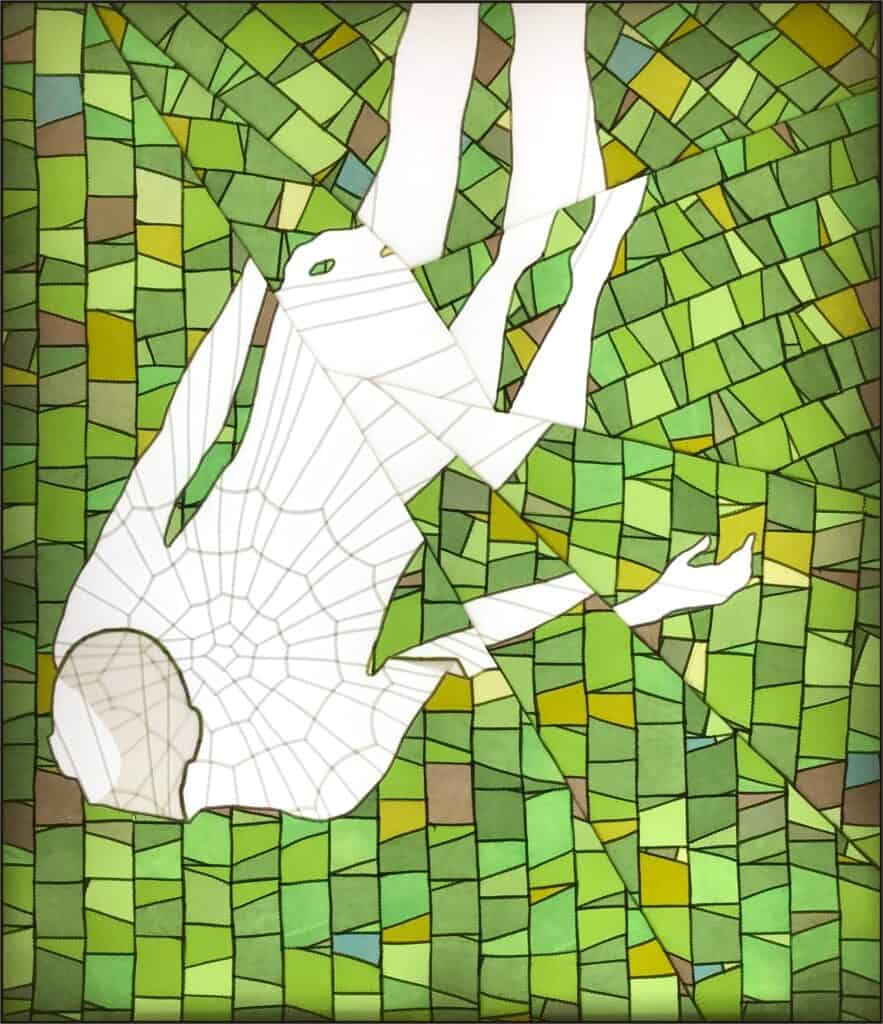
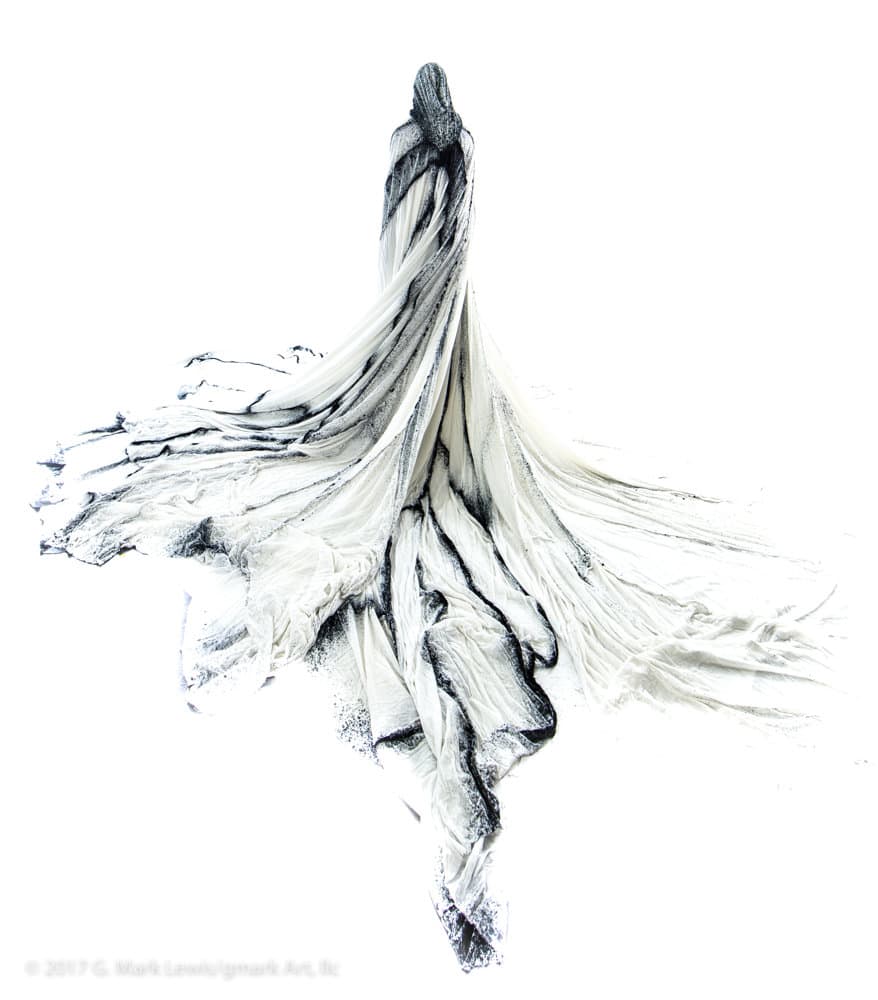
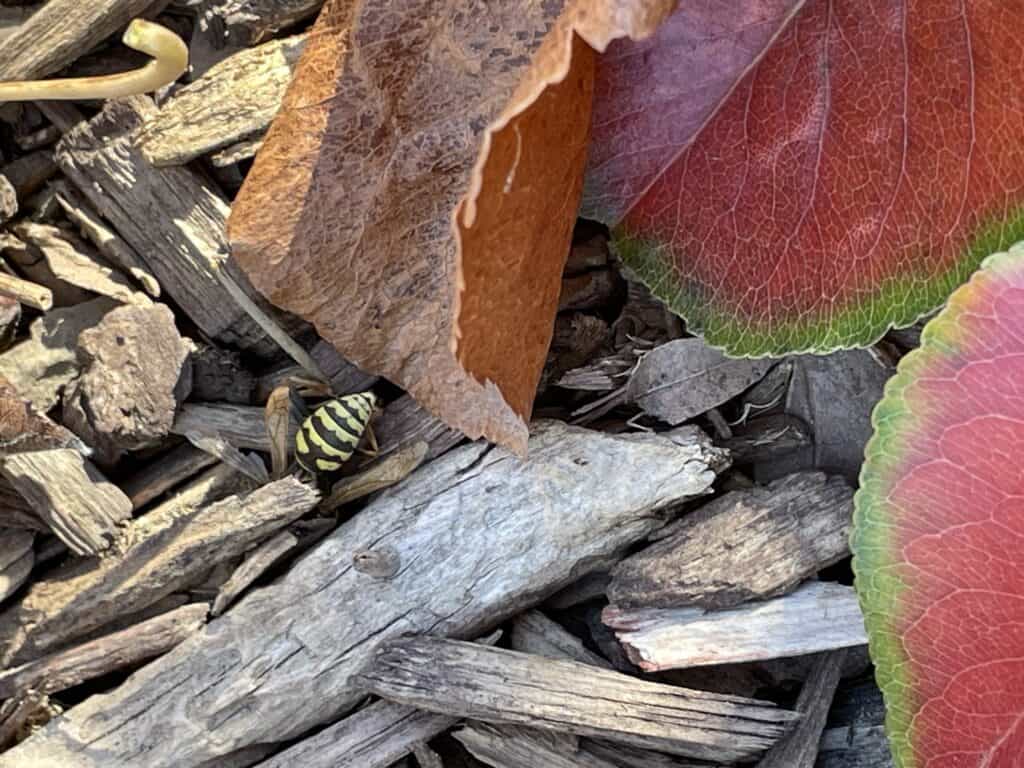
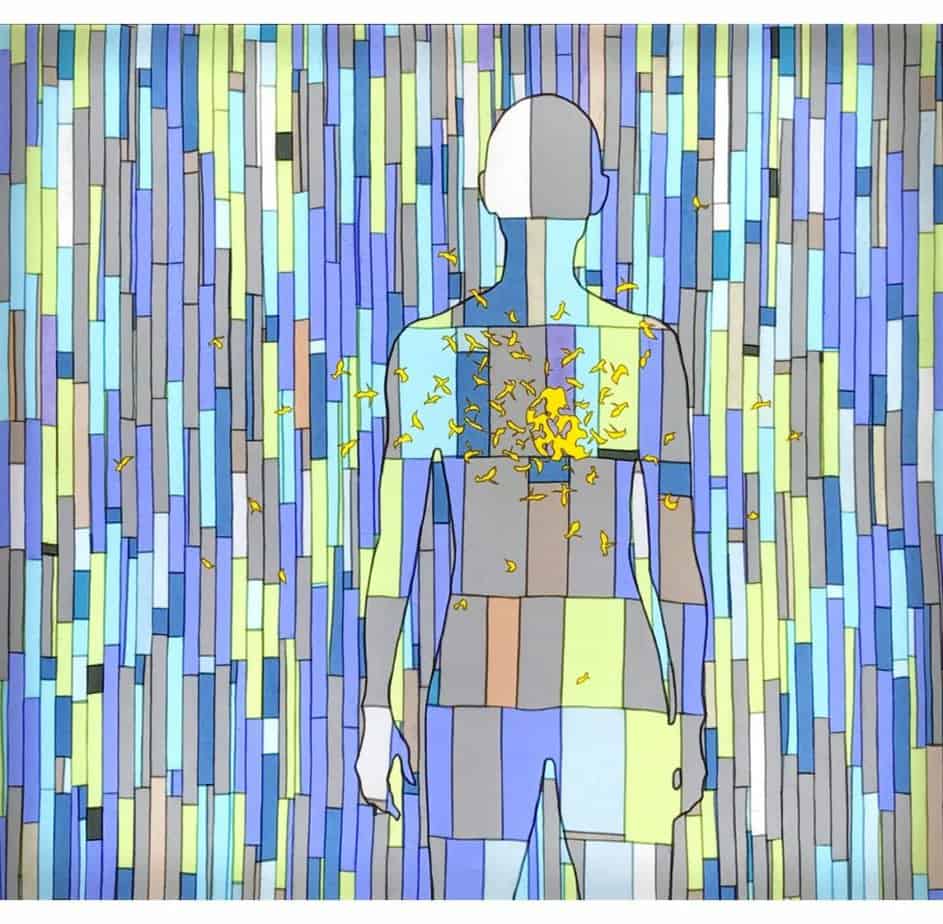
Hello, Jan,
This is so compelling! I find it difficult to believe the world is meant to NOT have silk fabric in it. Honestly…I am glad to know of this issue and will contemplate it further!
All the best, loving your work, Ilze
Yes, it’s complicated, especially with the rich cultural history behind our use of silk. Thanks, Ilze.
could also say… what came first, the chicken or the egg? we eat both… silk has been made for several thousand years to the enjoyment and decoration of its wearers. We have more important issues facing us than the death of a (really) purpose-made insect… there are will silkworms being farmed as we speak. I just got Karen Selk’s book but have not read it yet. Continue with your beautiful and evocative work. No one thinks less of you for it.
It’s a complicated debate to me. I think our current ecological situation might be less critical had we been more empathetic to the earth and its creatures throughout time. Thanks for your encouragement, Phillippa.
Dear Jan,
You write so beautifully about your feelings and the insects you love – it makes me happy to read. At the same time, I am sorry about your dilemma. Sadly, your level of empathy is rare. Our callous and selfish attitude has gotten us (and our fellow Earthlings) into a horrible mess. Thank goodness there are people like you!
…And then there’s the brilliant Jonathan Balcombe whose book entitled, “Super Fly” is available now. It’s fascinating and filled with stories about flys you will find difficult to believe. (And make people hesitate to ever use a flyswatter again!) And Captain Paul Watson (of save the whales fame) who said the world would do just fine without humans but could never exist without the “lowly” earthworm. (Which reminds me, Jane Goodall tells the story about taking earthworms to bed with her when she was a little girl.) E.O. Wilson (the ant man) said that in his next live, he would love to study all the little creatures who live below the surface of the earth, some not visible to the naked eye.
Of course only you can decide the course your art will take. When you wrote, “Nothing else will do” – could it be that you just haven’t found it yet? In any case you have my greatest admiration and best wishes.
Holly Pearson
P.S. I have one of your mobiles. I’ve had it for years and enjoy it every day.
Thanks for your thoughtful reply, Holly. I’ll look up “Super Fly”! This post was likely influenced by “Life Everlasting: The Animal Way of Death” by Bernd Heinrich, which I adore and have read multiple times. I’m happy to hear that you are still enjoying one of my mobiles! That means a lot to me.
I am deeply moved by your thoughts, Jan. Your “struggles” touch a chord in all of us who live introspective lives. And our world is richer for your sharing, both verbally and artistically.
Thank you, Lydia. Your kind words encourage me.